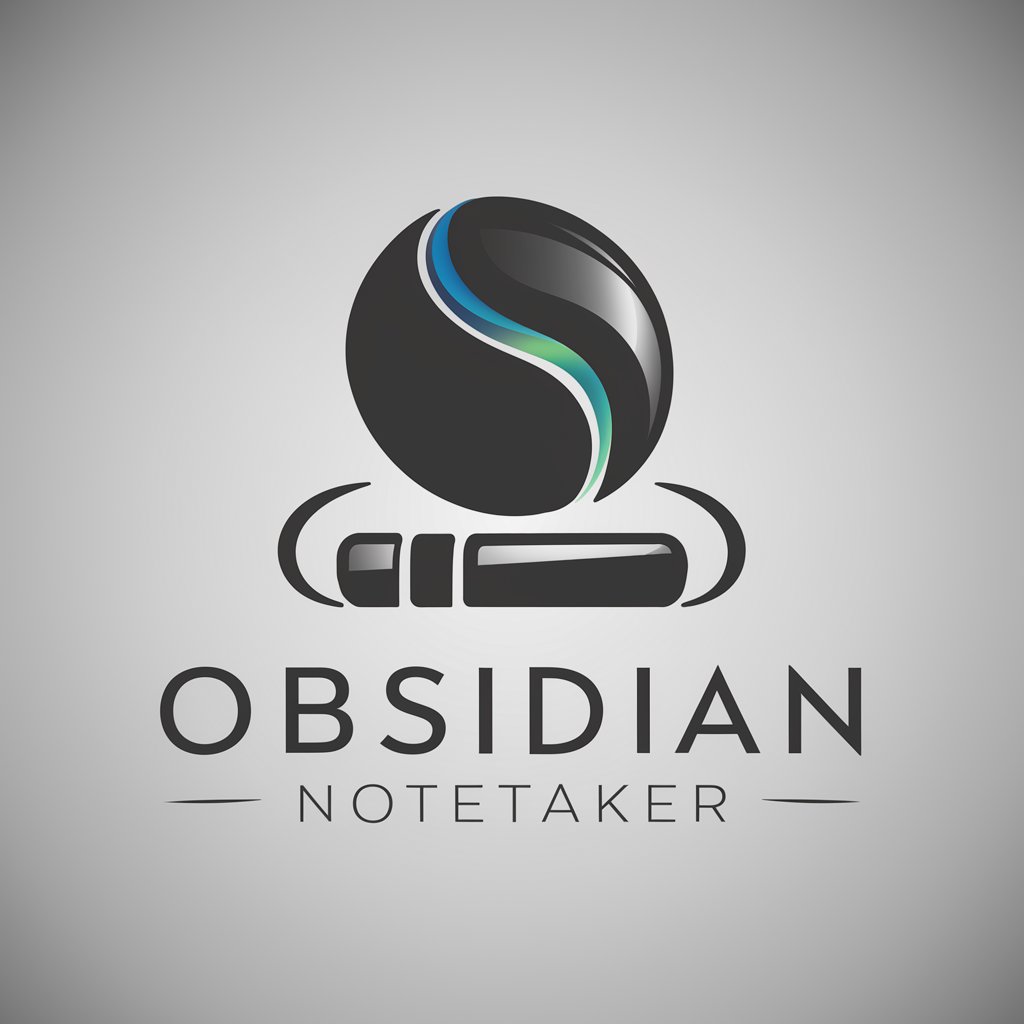AI Subcategorizer Pro - Advanced Subcategory Analysis

Welcome to AI Categorizer Pro! Let's organize your data efficiently.
Streamlining Complexity with AI
Generate subcategories for the main category:
Break down the following topic into detailed subcategories:
Organize the subcategories of this subject:
Identify potential subcategories for the given category:
Get Embed Code
Overview of AI Subcategorizer Pro
AI Subcategorizer Pro is designed as an advanced tool within the ChatGPT framework, focusing on the granular categorization and organization of data into meaningful subcategories. It operates by analyzing user-provided categories, then using a combination of predefined rules and machine learning algorithms to break these down into more specific, non-overlapping subcategories. This process is aimed at enhancing data analysis, research, content organization, and knowledge management by providing a structured breakdown of complex categories. For example, given the broad category 'Sustainable Technologies', AI Subcategorizer Pro would generate a range of subcategories such as 'Renewable Energy Sources', 'Energy Efficiency Technologies', 'Sustainable Transportation Solutions', and 'Waste Management Innovations', each with further possible subdivisions for comprehensive analysis. Powered by ChatGPT-4o。

Core Functions of AI Subcategorizer Pro
Category Input Reception
Example
Users can input broad categories like 'Digital Marketing'.
Scenario
A marketing specialist looking to explore the various facets of digital marketing, from SEO to social media strategies.
Subcategory Identification and Organization
Example
Identifies subcategories such as 'SEO Techniques', 'Content Marketing', 'PPC Advertising', and 'Social Media Engagement'.
Scenario
An academic researcher categorizing existing literature for a comprehensive review on digital marketing strategies.
Iterative Refinement Based on User Feedback
Example
Refining the subcategories of 'Sustainable Technologies' based on expert feedback to include 'Green Building Materials'.
Scenario
Environmental consultants seeking to update their services portfolio with the latest trends in sustainable technologies.
Target User Groups for AI Subcategorizer Pro
Academic Researchers
Researchers can utilize AI Subcategorizer Pro to organize vast amounts of literature or data into digestible, categorized segments for systematic review or meta-analysis, especially when dealing with broad subjects that span multiple disciplines.
Content Creators and Marketers
This group benefits from detailed categorization to tailor content strategies, identify niche markets, or streamline content creation processes by having a clear structure of topics and subtopics to address in their campaigns or materials.
Product Managers and Developers
For those involved in product development and management, AI Subcategorizer Pro aids in market analysis, feature categorization, and user feedback organization, facilitating a more structured approach to product planning and development.

How to Use AI Subcategorizer Pro
Step 1
Visit yeschat.ai for a free trial without login, also no need for ChatGPT Plus.
Step 2
Choose your main category for subcategorization and input it into the AI Subcategorizer Pro.
Step 3
Specify any preferences or additional requirements to customize the subcategorization process.
Step 4
Review the generated subcategories, and use the tool's feedback mechanism for refinement.
Step 5
Apply the organized subcategories to your project or analysis for enhanced understanding and clarity.
Try other advanced and practical GPTs
Hospital and Practice Strategist
Optimizing Orthopaedic Care with AI

A GPT of World Records! [From A to Z ]
Discover Records, Unleash Insights.
![A GPT of World Records! [From A to Z ]](https://files.oaiusercontent.com/file-BGZkRmrz5N1Cm6HTiFBxg72G?se=2123-10-20T17%3A22%3A59Z&sp=r&sv=2021-08-06&sr=b&rscc=max-age%3D31536000%2C%20immutable&rscd=attachment%3B%20filename%3Dimage%2520%25282%2529.png&sig=qdL%2BZDkN%2BiYX6tNpg6ME3sLBXh48O2napCw5cI/iko8%3D)
Obsidian Notetaker
Your AI-Powered Documentation Companion

Spicey Clap Back (supported by GB)
Sharpen your wit with AI

Kindergarten Explainer
Simplifying complex ideas with AI

Brand Builder Pro
Crafting Distinct Brand Identities with AI

Studying Buddy
Your AI-Powered Study Partner

Complex Knowledge Atomizer
Streamlining Complex Data into Clarity

Talk
Engage, Learn, and Quiz with AI

Cipher
Master Languages, Power Your Brain

Wordle
Unlock words with AI-powered precision

Personal Shopper
Shop Smart with AI-Powered Assistance

Frequently Asked Questions about AI Subcategorizer Pro
What is AI Subcategorizer Pro?
AI Subcategorizer Pro is a tool designed to break down broad categories into detailed and organized subcategories, using advanced AI algorithms.
Who can benefit from using AI Subcategorizer Pro?
Researchers, data analysts, content creators, and professionals in various fields can use it to organize and analyze complex information.
How does AI Subcategorizer Pro ensure quality subcategorization?
The tool follows predefined rules like full coverage, uniqueness, and structural consistency to ensure comprehensive and distinct subcategorization.
Can I customize the subcategorization process?
Yes, users can specify preferences or requirements to tailor the subcategorization to their specific needs.
How does the feedback mechanism work?
Users can provide feedback on the generated subcategories, which the tool uses to refine and improve the results iteratively.
